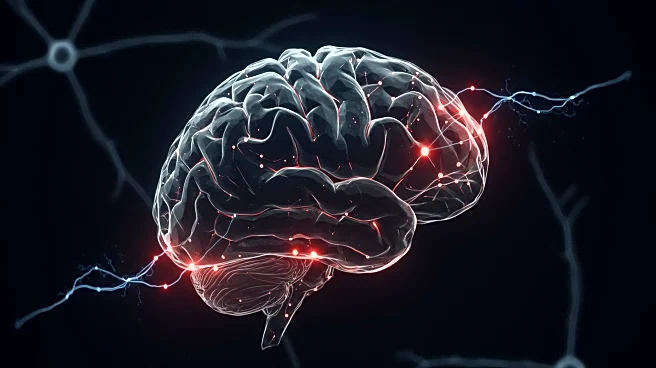What's Happening?
Researchers at the University of California, Los Angeles, led by Carolyn Parkinson, have discovered that similar neural responses to movie clips can predict whether strangers will become friends. The study involved brain scans of 41 students before they began a graduate program, analyzing their neural activity across 214 brain regions while watching various movie clips. The findings showed that individuals who became friends had more similar neural responses in the left orbitofrontal cortex, a region involved in processing subjective value. This similarity was significant even after accounting for personal tastes and sociodemographic factors.
Why It's Important?
This research highlights the role of neural activity in social bonding, suggesting that friendships may form based on shared thought processes rather than just proximity or shared experiences. Understanding the neural basis of friendship could have implications for social dynamics and mental health, potentially influencing how social networks are formed and maintained. It also provides insight into the phenomenon of homophily, where people tend to associate with those who think similarly, which could impact social cohesion and diversity in various settings.
What's Next?
Further research could explore how these findings apply to different social contexts and whether interventions could be developed to enhance social bonding through neural alignment. Additionally, the study may prompt further investigation into the neural mechanisms underlying other social behaviors and relationships, potentially leading to new approaches in social psychology and neuroscience.

